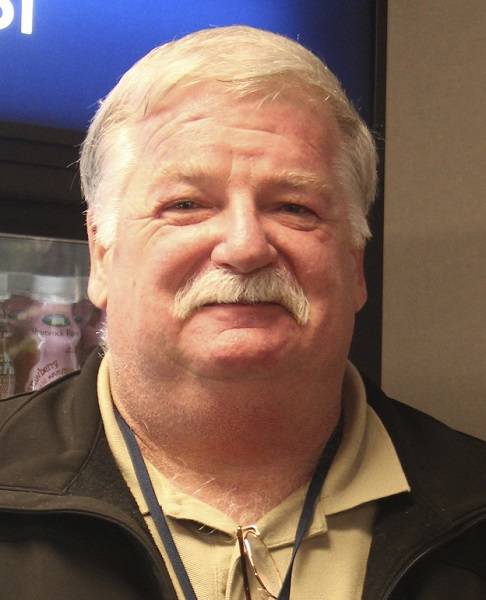By Christi Baron
Forks Forum Editor
Forks Community Hospital CEO Tim Cournyer was the guest speaker at the West End Business and Professional Association meeting on Wednesday morning, March 29, at the DNR conference Room.
He told the group, “Healthcare is going to change.”
Twenty years ago rural hospitals were failing. The payer mix to the hospital for services in our community includes:
Medicare, Medicaid, commercial insurance and no insurance with costs picked up by taxpayers
Medicare came up with a rural payment plan of cost plus 1 percent but that is changing again and probably going away.
“Healthcare is changing from volume to quality — we have to reduce costs, they are out of control,” Cournyer said.
The transition being looked at is moving away from in-patient care to where clinics will manage healthcare — leaning toward home care, etc.
“The government will pay based on how we succeed — expecting us to tighten our belt, then reward on the result,” he said.
Healthcare may move toward payment per resident, rural community folks will balk because “this is not what we’ve always done.”
Cournyer said that rural residents don’t want someone in their home telling them what to do. Clinics will manage the population with home care and get paid on outcome.
There are many services that the hospital offers and they need to be utilized to continue.
In 2015, DSHS identified 13 hospitals in the state that were in danger of closing — Forks was one of those hospitals. A healthy community means less use of the emergency room which results in the hospital losing money.
Cournyer said, “The changes that are coming could take up to three years.”
“In the meantime, our hospital is doing good.”
“If we choose to do things, we need to do them well. We’ve had a revolving door of providers at the clinics and we are changing that.”
“We have a new clinic administrator and we have made the decision to not interview locums (traveling doctors) — we decided not to interview candidates unless they want to stay here,” Cournyer said.
Just recently added to the Clinic staff are Esker Ellis, DO, and Howard Welch, ARNP, who both plan on staying.
Sue Keilman will be retiring soon and Cournyer said they will be looking for a replacement for her.
Clallam Bay Clinic doing well
The Clallam Bay clinic has been updated and now has regular times for providers that rotate through the week with the Bogachiel Clinic.
Community Survey
Cournyer said that self-evaluation doesn’t work, “so it was my decision to put out the piece everyone has seen — it is very valuable to have the community evaluate and helps with a strategic plan.”
He explained that the question about the facility replacement was to inform and get input, the building is old — it will need work and the boilers alone will cost $2.5 million to replace.
“Do we want to look at building a new one or continue to repair?” Cournyer asked.
In the survey, 52 percent said it was reasonable to look at this question.
“It will require a levy, so it’s not just a done deal, and we’ll need to make sure the community is on board.”
“We will pay one way or another on whatever direction we choose.”
“We have a very good staff and we’re doing OK financially,” Cournyer said.
In 2016, the hospital lost about $1 million — and has been at a loss for a few years now.
The hospital is supplementing the nursing home.
“To help this, we have had to re-class some beds to swing beds which will help with Medicare payments and the patient sees no difference.”
“We also changed in ER reporting, charging for actual percentage of time the doc sees the patient in ER, instead of the whole time the patient is there,” Cournyer said.
Cournyer said that in 2016 reserves dropped from $4 million to $3 million due to some major equipment that needed to be replaced because parts were not available any longer. The entire hospital was also re-roofed.
In the very near future, EMS funding ($100,000) will be used to get a 1-2 ambulances and other needed equipment.



